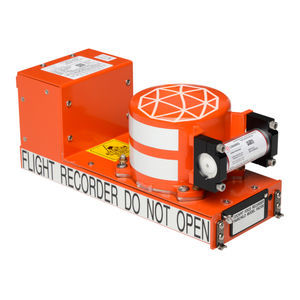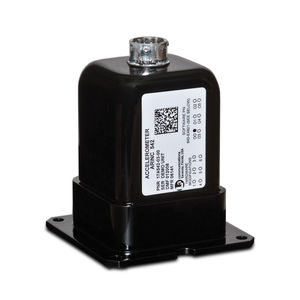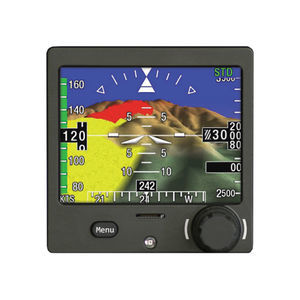
- Components - Spare Parts
- Avionics
- Aircraft TCAS
- L3 Technologies
Aircraft TCAS T³CAS®

Add to favorites
Compare this product
fo_shop_gate_exact_title
Characteristics
- Domain
- for aircraft
Description
The L3Harris T³CAS® Traffic Collision Avoidance System is an integrated communication and surveillance system that combines multiple, proven products into a single small, lightweight system.
The T³CAS® is an integrated communication and surveillance system that combines multiple, proven products into a single small, lightweight system for advanced safety and ADS-B In and Out functionality. The ultra-flexible T³CAS is a single LRU that can host any combination of these functions:
Traffic Alert and Collision Avoidance System (TCAS)
Terrain Awareness Warning System (TAWS)
Mode S Transponder with ADS-B In/Out Capability
ADS-B In applications
T³CAS builds on proven ACSS TCAS II products that provide situational awareness and collision avoidance protection to more than 15,000 aircraft worldwide.
Key features
Terrain Awareness Warning Systems (TAWS)
This Class A TAWS system is a safety enhancer, appropriate for any air transport, regional, business or military aircraft that provides pilots and crews with the appropriate amount of time needed to clear terrain with a greater margin to maneuver and avoid a Controlled Flight Into Terrain (CFIT) incident. The Terrain Advisory Line is a patented feature that indicates an impending alert, should the aircraft continue on its flight path.
Mode S transponders are certified to DO-260B standards, and meet the ADS-B Out mandates for impending airspace initiatives, including the Federal Aviation Administration’s (FAA) NextGen and Europe’s SESAR. DO-260B enables transmission of ADS-B information about an aircraft’s position, speed and intent.
VIDEO
Catalogs
Related Searches
- Aircraft antenna
- Blade antenna
- UHF antenna
- Multi-function display
- Aircraft multi-function display
- Intercom
- Electronic flight instrument system
- Aircraft EFIS
- Transponder
- Aircraft transponder
- Mode S transponder
- Flight display
- FDR
- Omnidirectional antenna
- Primary flight display flight display
- Transponder with ADS-B
- Aircraft flight data recorder
- Aircraft flight display
- Multi-function display flight display
- Liquid crystal MFD
*Prices are pre-tax. They exclude delivery charges and customs duties and do not include additional charges for installation or activation options. Prices are indicative only and may vary by country, with changes to the cost of raw materials and exchange rates.
















